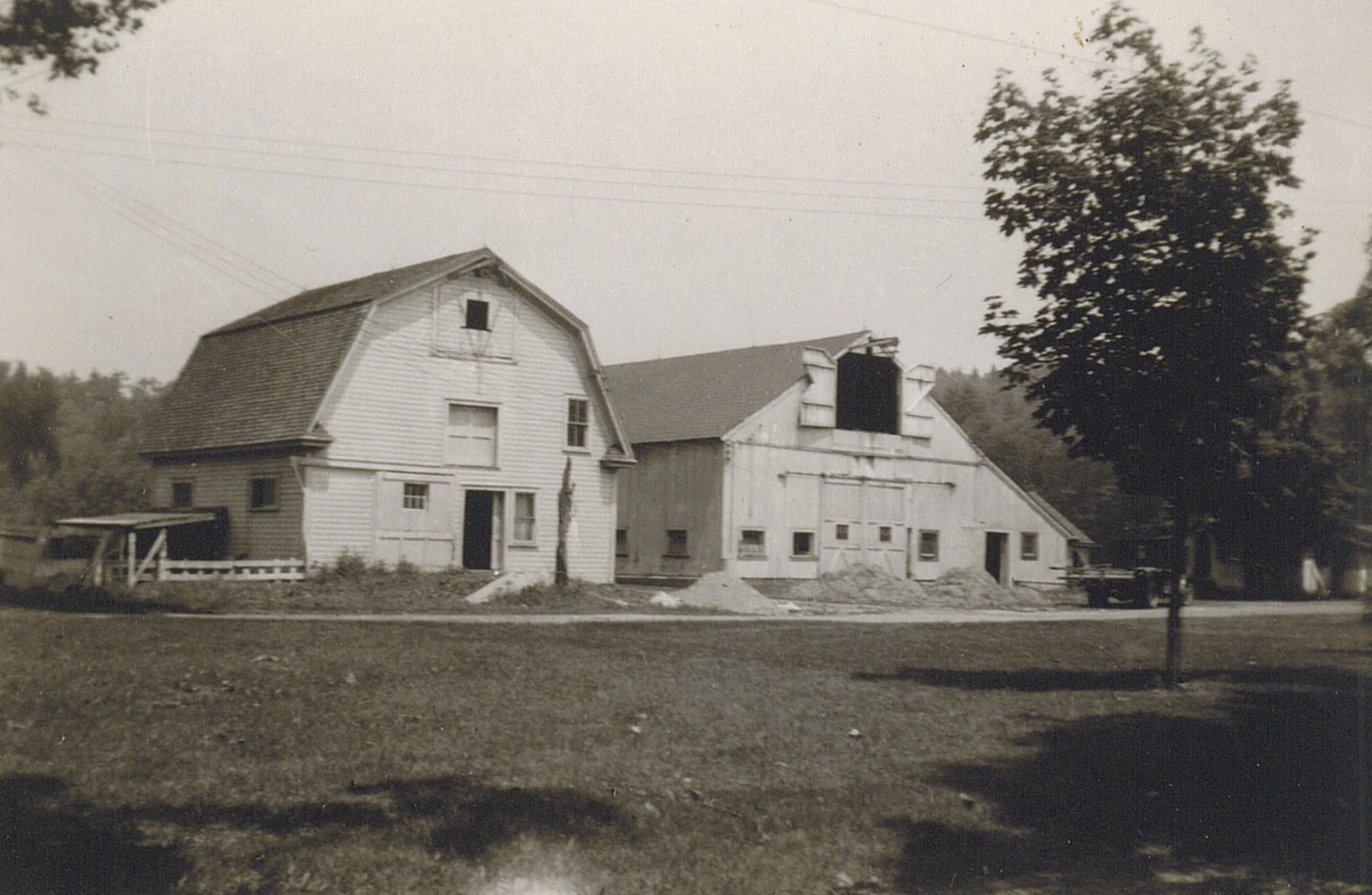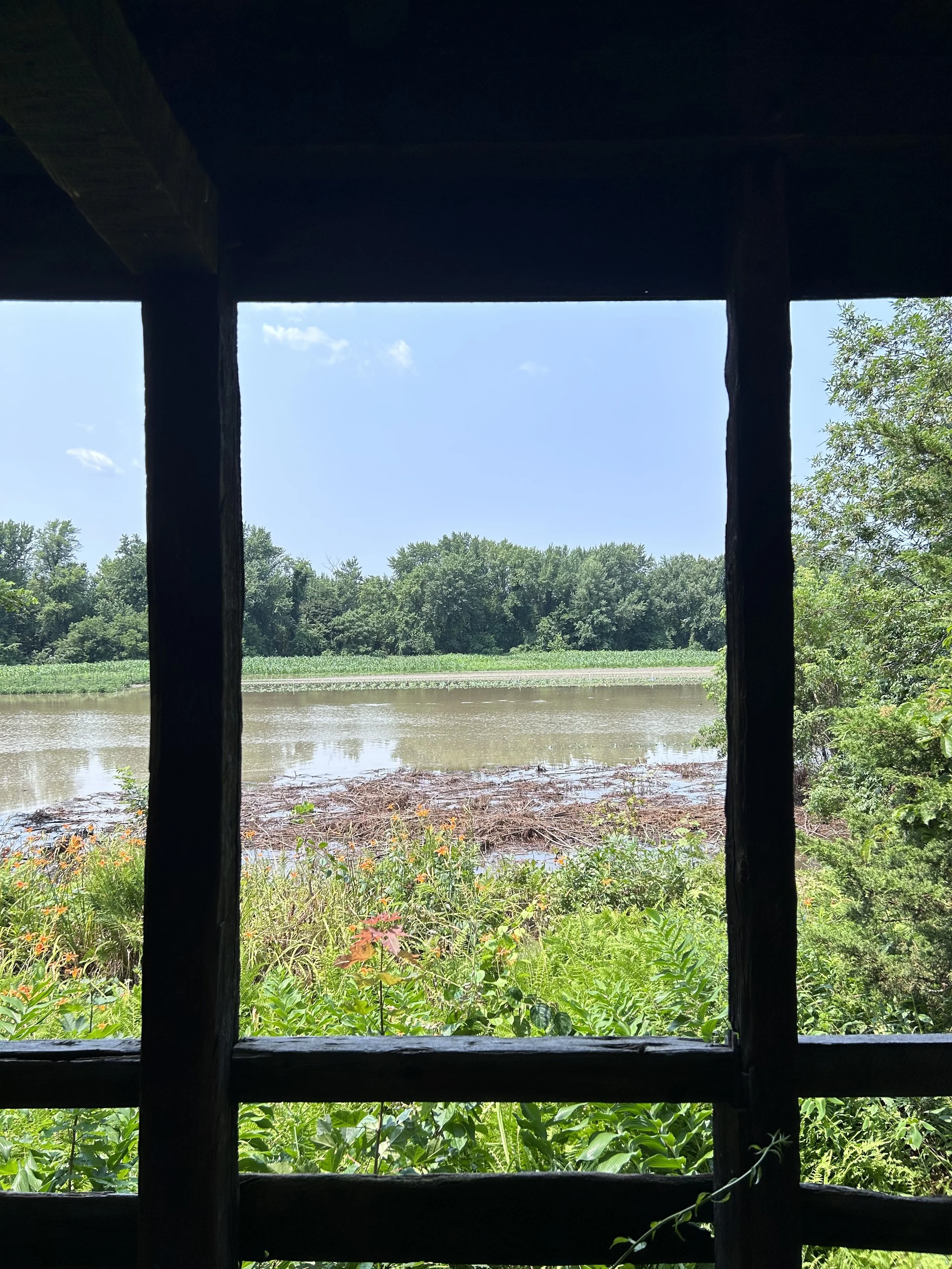Stewarding These Lands
The land that today comprises Forty Acres and Phelps Farm has been stewarded and shaped by human intervention for thousands of years. While significant portions of this landscape appear “natural” and detached from human activity, it is in reality a complex built environment with layers of human history. Overwhelmingly, human stewardship here has involved agriculture, farming, and other cultivation strategies to sustain human and animal life and nurture relationships between humans, animals, and the environment. Before and after the arrival of Anglo-European settlers, Indigenous peoples of what is today New England implemented complex land management practices that evolved over thousands of years. Following the legal dispossession of Indigenous peoples of their lands in the Connecticut River Valley in the seventeenth and eighteenth centuries—a development that directly led to the construction of Elizabeth and Moses Porter’s farmstead in 1752—farming and agriculture flourished for nearly two centuries at Forty Acres and was joined, in time, by a second farm and dairy operation across the street at Phelps Farm in the nineteenth and twentieth century. In the last two centuries, new ways of stewarding this landscape—such as recreation, pastkeeping, and romanticized enhancements of natural and built features—have emerged alongside the continued presence of farming and agriculture. Other stewardship strategies have evolved in response to the threats posed by climate change, extreme weather events, and the museum’s proximity to the Connecticut River and location within its floodplain. Explore the links below to learn more about land stewardship here.
Indigenous Land Stewardship: Past and Present
John Foster woodcut of New England showing Indigenous settlements and place names, 1677. Source: Massachusetts Historical Society.
Stewardship at Forty Acres
The 1782 great barn at Forty Acres. Source: Johnson, Clifton, 1865-1940, “Main entrance to the Huntington barn,” Digital Amherst, accessed July 31, 2023, https://digitalamherst.org/items/show/2038.
For nearly two centuries from Moses and Elizabeth Porter’s first farmstead here in 1752 to the early 1920s, farming and agriculture have informed the ways in which the Porter, Phelps, and Huntington families stewarded the lands and farm known as “Forty Acres.”
Stewardship at Phelps Farm
The horse barn and dairy barn at Phelps Farm, circa 1940. Source: Unprocessed papers of (Moses) Charles Porter Phelps, Special Collections and University Archives, University of Massachusetts Amherst.
Beginning in 1815, a second agricultural enterprise took shape across River Drive from Forty Acres known as Phelps Farm. Established by Charles Porter Phelps as a merino sheep farm, by the late nineteenth century Ruth Huntington Sessions expanded the farmstead as one of Hadley’s largest and most successful dairy operations until the dairy herd was sold in 1978.
Adapting to Climate Change, 1928-Present
July 2023 flooding behind Forty Acres, photograph courtesy of Brian Whetstone.




